You’re standing on your farm in Machakos County, watching your crops wither under the scorching sun.
The diesel pump that once promised reliable irrigation now sits silent – another victim of rising fuel costs and unreliable supply chains.
But what if there was a solution that could harness Kenya’s abundant sunshine to pump water from your borehole 365 days a year?
Welcome to the revolution of solar borehole pump installation in Kenya.
This technology is transforming how Kenyans access water, from smallholder farmers in Meru to commercial properties in Nairobi.
In this guide, you’ll discover everything you need to know about solar borehole pump installation, from initial assessment to long-term maintenance.
Whether you’re a farmer, property developer, or homeowner, this guide will help you make informed decisions about sustainable water solutions.
Understanding Solar Borehole Pumps: Kenya’s Water Game-Changer
What Exactly is a Solar Borehole Pump?
A solar borehole pump is a water pumping system that converts sunlight directly into the energy needed to extract water from underground sources.
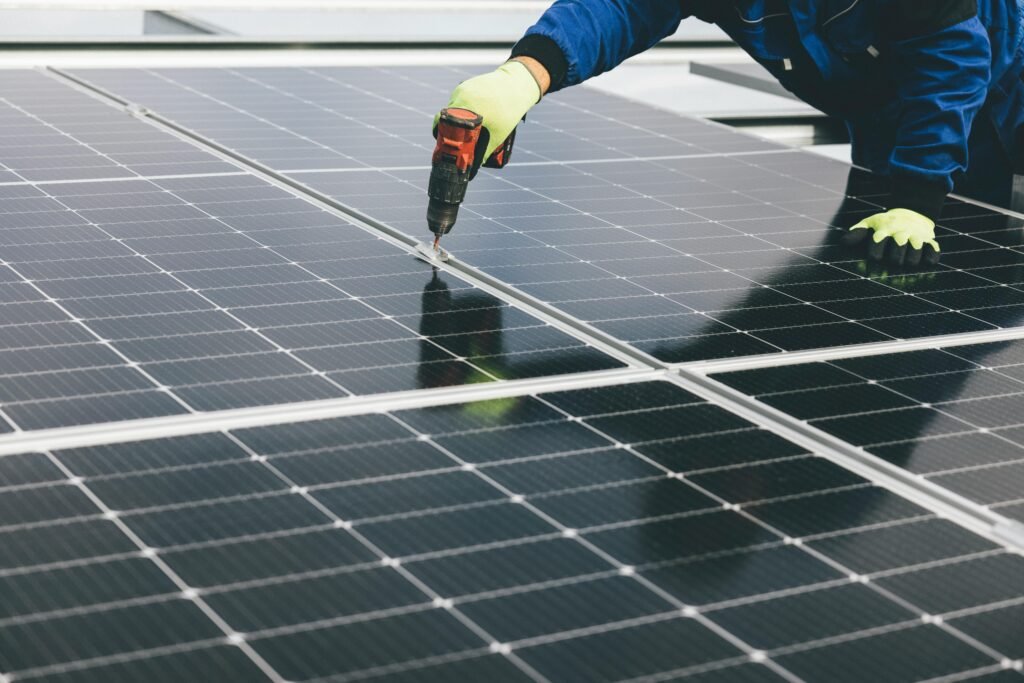
Instead of relying on diesel generators or grid electricity, these systems use photovoltaic panels to power submersible or surface pumps.
The system consists of four main components: solar panels that capture sunlight, an inverter or controller that manages power flow, the pump itself, and the delivery system that transports water to your storage tank or irrigation system.
According to the Kenya Association of Manufacturers, solar water pumping systems have seen a 300% increase in adoption over the past five years, making them one of the fastest-growing renewable energy applications in the country.
Ready to harness Kenya’s abundant sunshine for your water needs? Contact Bonvic Drilling today for a free borehole assessment and solar pump consultation.
Types of Solar Pumps Perfect for Kenyan Conditions
Submersible Solar Pumps are your best choice for boreholes deeper than 25 meters.
These pumps work entirely underwater, pushing water up through the borehole casing.
They’re ideal for most Kenyan applications since the average borehole depth in semi-arid regions ranges from 140 to 220 meters.
Surface Solar Pumps work well for shallow wells under 25 meters deep.
While less common for deep boreholes, they’re perfect for drawing water from rivers, pans, or shallow wells in areas like the Lake Victoria basin.
The choice between AC and DC systems depends on your specific needs.
DC systems are simpler and more efficient for smaller applications, while AC systems offer more flexibility for larger installations and future expansion.
Why Solar Pumps are Revolutionizing Kenyan Agriculture
Kenya receives an average of 4-6 kWh/m² of solar irradiation daily, among the highest in the world. This abundant sunshine makes solar pumping incredibly reliable and cost-effective.
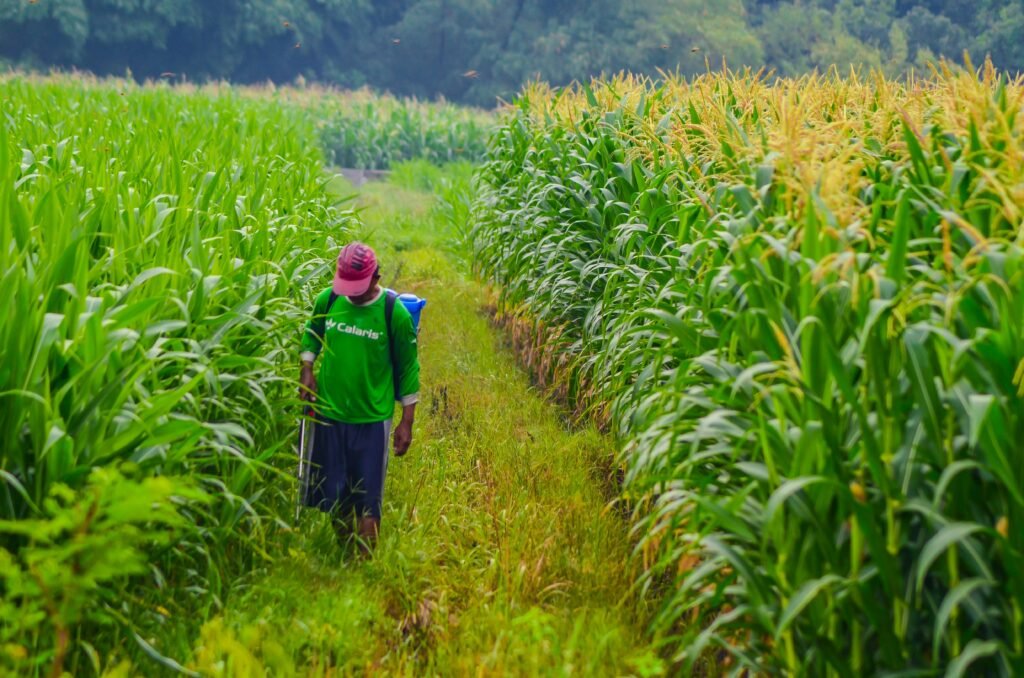
As John Kiprotich, a maize farmer from Eldoret, explains: “Since installing our solar borehole pump two years ago, we’ve reduced our water pumping costs by 90%. The system runs itself, and we haven’t bought a single liter of diesel.”
The Kenya National Bureau of Statistics reports that over 60% of rural Kenyans still lack access to clean water within 1 kilometer of their homes.
Solar borehole pumps are bridging this gap, especially in remote areas where grid extension isn’t economically viable.
For more insights on sustainable water access solutions, read our guide on drought-resistant water strategies for Kenyan communities.
Tired of unreliable water access? Discover how a solar borehole pump can transform your property’s water security. Schedule your consultation with our experts today.
Pre-Installation Assessment: Setting Your Project Up for Success
Evaluating Your Borehole’s Potential
Before any solar pump installation, you need a thorough borehole assessment.
This process determines whether your borehole can support a solar pumping system and helps size the equipment correctly.
Water Level Measurements are crucial.
Your installer needs to know both the static water level (when the pump isn’t running) and the dynamic water level (during pumping). In Kenya’s semi-arid regions, static water levels can vary dramatically between wet and dry seasons.
Yield Testing determines how much water your borehole can sustainably produce.
A typical test involves pumping at different rates for 6-8 hours and measuring how the water level responds. This data is essential for selecting the right pump capacity.
The Water Resources Authority requires proper testing documentation for commercial installations, so ensure your contractor follows official guidelines.
Learn more about borehole assessment requirements in our detailed guide: Understanding Borehole Testing and Assessment in Kenya.
Want to know if your borehole is suitable for solar pumping? Our certified technicians provide comprehensive borehole assessments. Get your professional evaluation today.
Calculating Your Daily Water Requirements
Domestic Use: Plan for 50-100 liters per person per day. A family of six typically needs 300-600 liters daily, depending on lifestyle and water conservation practices.
Agricultural Irrigation: Water requirements vary significantly by crop type. Maize needs approximately 500-800mm of water per growing season, while horticultural crops like tomatoes require up to 1,200mm.
Livestock Watering: Cattle consume 30-50 liters per day, while dairy cows need 80-120 liters. Goats and sheep require 3-5 liters daily.
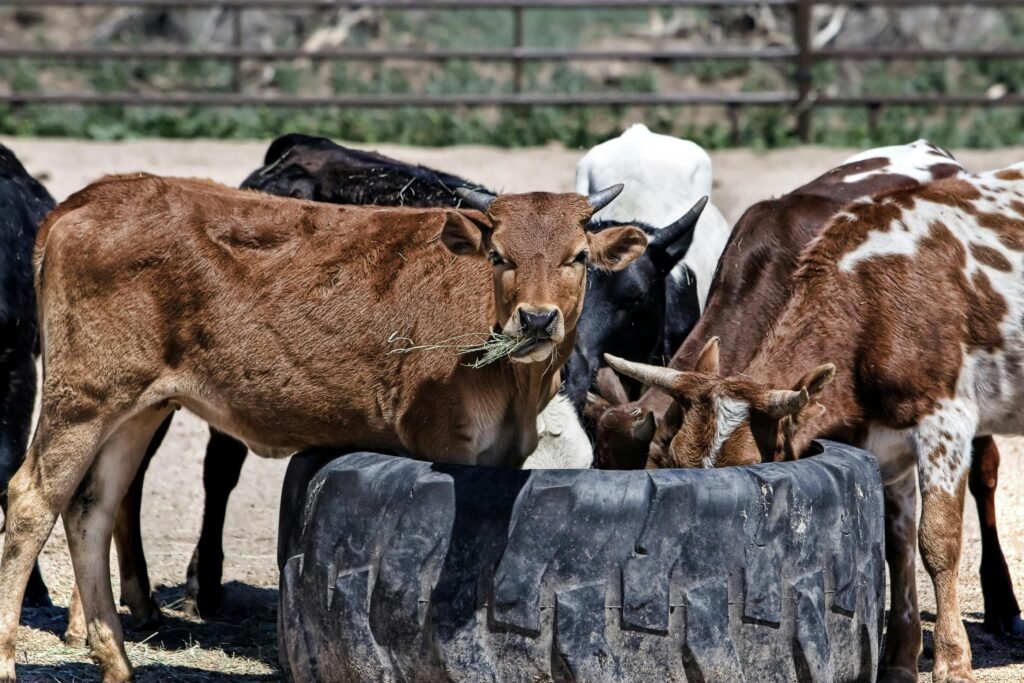
Sarah Wanjiku, who runs a dairy farm near Nakuru, shares her experience: “We calculated our peak demand at 2,000 liters per day for 20 dairy cows plus household use. Our solar pump delivers 2,500 liters daily, giving us a comfortable buffer.”
Site Assessment for Optimal Performance
Solar Panel Positioning is critical in Kenya’s equatorial location. Panels should face south with a tilt angle of 0-15 degrees to maximize year-round energy capture.
Shading Analysis must account for seasonal sun paths. Even partial shading can reduce system performance by 20-30%. Consider future growth of nearby trees and potential new construction.
Security Considerations are unfortunately necessary in many Kenyan locations. Solar panels and pump controllers are valuable targets for theft. Plan for adequate fencing, lighting, and possibly security systems.
Step-by-Step Solar Borehole Pump Installation Process
Phase 1: Site Preparation and Safety
Professional installation begins with thorough site preparation. Your installation team should arrive with all necessary safety equipment, including harnesses for working around boreholes and electrical safety gear.
The Occupational Safety and Health Act requires proper safety protocols for all electrical installations. Reputable installers will have current safety certifications and insurance coverage.
Equipment inspection happens before any installation work begins. Solar panels, pumps, and electrical components should be tested to ensure they meet manufacturer specifications.
For a complete overview of what makes a quality borehole installation, check out our borehole drilling quality standards guide.
Considering solar pump installation? Don’t leave it to chance. Partner with Kenya’s leading borehole specialists for guaranteed results. Contact Bonvic Drilling now.
Phase 2: Solar Panel Array Installation
Mounting System Setup varies depending on your site. Ground-mounted systems are most common for borehole installations, offering easy access for cleaning and maintenance.
Panel Configuration depends on your power requirements. A typical 2kW system might use 6-8 panels of 300-400 watts each, arranged in series-parallel combinations to optimize voltage and current.
Electrical Connections must follow Kenyan electrical codes. All DC wiring should use specialized solar cables rated for outdoor use and UV exposure.
Michael Ochieng, a certified solar installer from Kisumu, explains: “In Kenya’s climate, we always use aluminum mounting rails and stainless steel bolts. The temperature variations and humidity would destroy cheaper materials within two years.”
Phase 3: Pump Installation and Setup
Pump Preparation involves careful inspection of all components before lowering into the borehole. Check the pump housing, electrical connections, and attached cables for any damage.
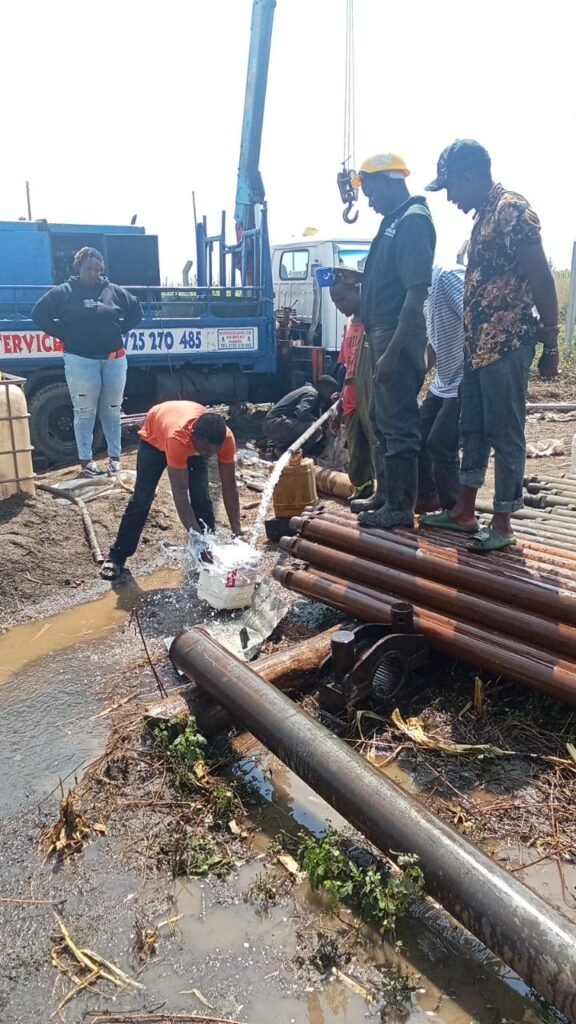
Lowering the Pump requires specialized equipment and expertise. Submersible pumps for deep boreholes can weigh 50-100kg, and proper lifting equipment prevents damage to both the pump and borehole casing.
Cable Management is critical for long-term reliability. Submersible cables must be properly supported every 3-5 meters to prevent stress on electrical connections.
Optimal Positioning places the pump at least 10 meters below the static water level, but no deeper than necessary. This positioning ensures the pump remains submerged during dry seasons while minimizing power requirements.
Phase 4: Control System Integration
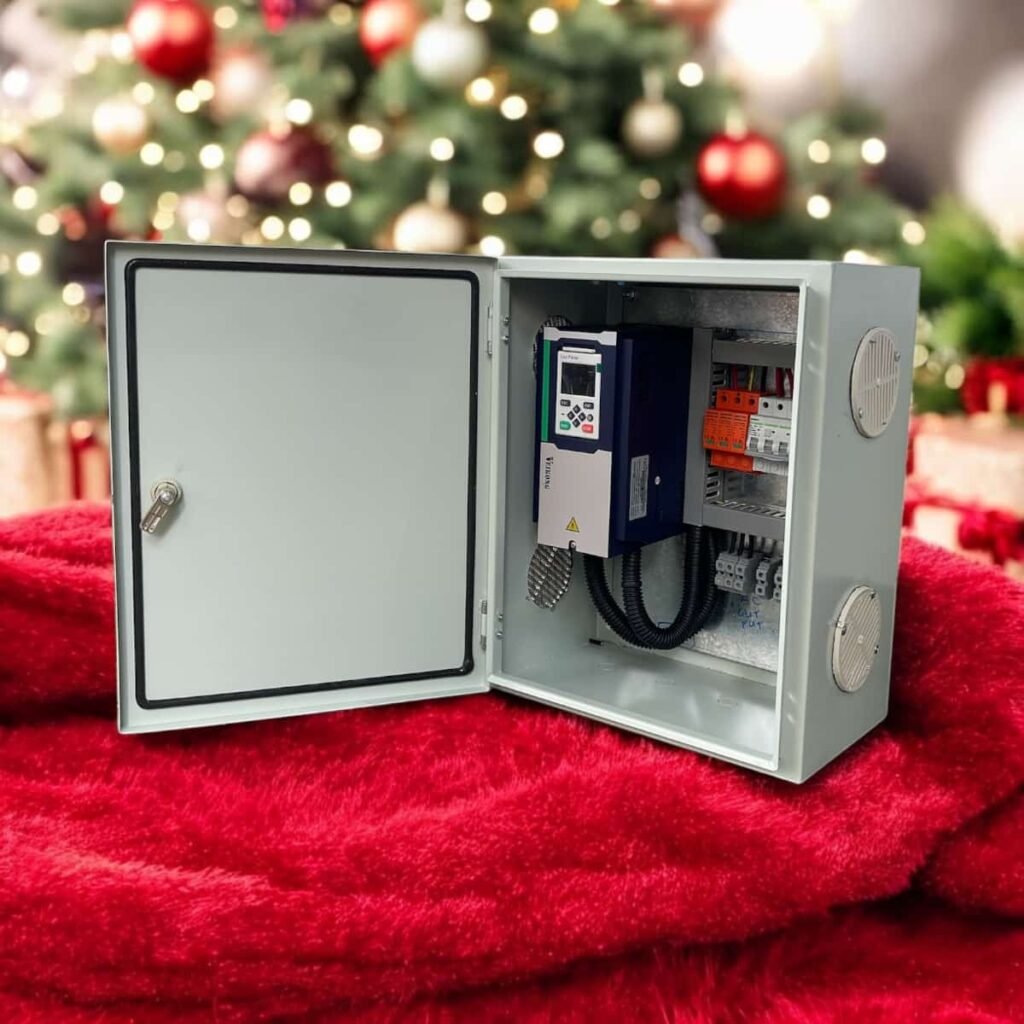
Pump Controllers manage system operation, providing protection against dry running, overvoltage, and other potentially damaging conditions. Modern controllers also offer remote monitoring capabilities via mobile phone networks.
Safety Features include automatic shutdown if water levels drop too low, surge protection for electrical components, and manual override capabilities for maintenance.
Performance Monitoring systems track daily water production, power consumption, and system efficiency. This data helps optimize performance and identify maintenance needs early.
Technical Specifications for Kenyan Conditions
Power Requirements by Borehole Depth
Shallow Systems (10-50 meters) typically require 0.5-2kW of solar power. These systems work well for domestic use and small-scale irrigation in areas with high water tables.
Medium Depth Systems (50-100 meters) need 2-5kW installations. This category covers most agricultural and commercial applications in Kenya’s agricultural zones.
Deep Borehole Systems (100+ meters) require 5kW or more. These high-capacity systems serve large farms, schools, hospitals, and commercial developments.
The general rule for solar panel sizing is 1.3 times the pump’s power rating. This factor accounts for system losses and ensures adequate power during periods of reduced sunlight.
Essential Equipment for Kenyan Climate
Solar Panel Selection: Monocrystalline panels perform better in Kenya’s high-temperature conditions, maintaining efficiency even when panel temperatures exceed 60°C.
Inverter Specifications: Maximum Power Point Tracking (MPPT) controllers optimize energy harvest throughout the day, crucial for maximizing water production during peak demand periods.
Cable Protection: All outdoor wiring must resist UV degradation and temperature extremes. Quality submersible cables are essential for long-term reliability in deep boreholes.
Surge Protection: Kenya’s frequent thunderstorms make electrical surge protection mandatory. Lightning arrestors and surge protectors safeguard expensive system components.
Overcoming Installation Challenges in Kenya
Environmental Challenges and Solutions
Dust and Sand are major concerns, especially in arid and semi-arid regions. Solar panels in areas like Turkana or eastern Kenya may need cleaning 2-3 times weekly during dry seasons.
Regular cleaning schedules and proper panel mounting angles help minimize dust accumulation. Some installations include automatic cleaning systems for commercial applications.
Seasonal Water Level Variations affect pump positioning and performance. In areas with significant seasonal variation, pumps may need repositioning or variable speed controls to maintain consistent water supply.
Temperature Management becomes critical when ambient temperatures exceed 40°C. Proper ventilation and shading for electronic components prevent overheating and premature failure.
Security and Theft Prevention
Unfortunately, equipment theft is a real concern for solar installations in Kenya. Effective security measures include:
- Secure fencing around the entire installation
- Motion-activated lighting and alarm systems
- Tamper-proof mounting hardware
- Remote monitoring systems that alert owners to system malfunctions
- Community engagement and awareness programs
James Mutua, a farmer from Makueni County, shares his approach: “We involved the entire community in our solar pump project. Everyone benefits from the water, so everyone helps protect the equipment. It’s been three years without any security issues.”
Working with Local Regulations
The Energy and Petroleum Regulatory Authority (EPRA) regulates solar installations in Kenya. Commercial systems above 1MW require licensing, while smaller systems need compliance certificates.
Water Rights may require permits from the Water Resources Authority, especially for commercial or irrigation applications. Ensure your installer understands local requirements.
Environmental Impact Assessments may be required for larger installations, particularly those affecting water sources used by communities or wildlife.
For guidance on regulatory compliance, visit the National Environment Management Authority (NEMA) website or consult with experienced professionals who understand Kenya’s environmental regulations.
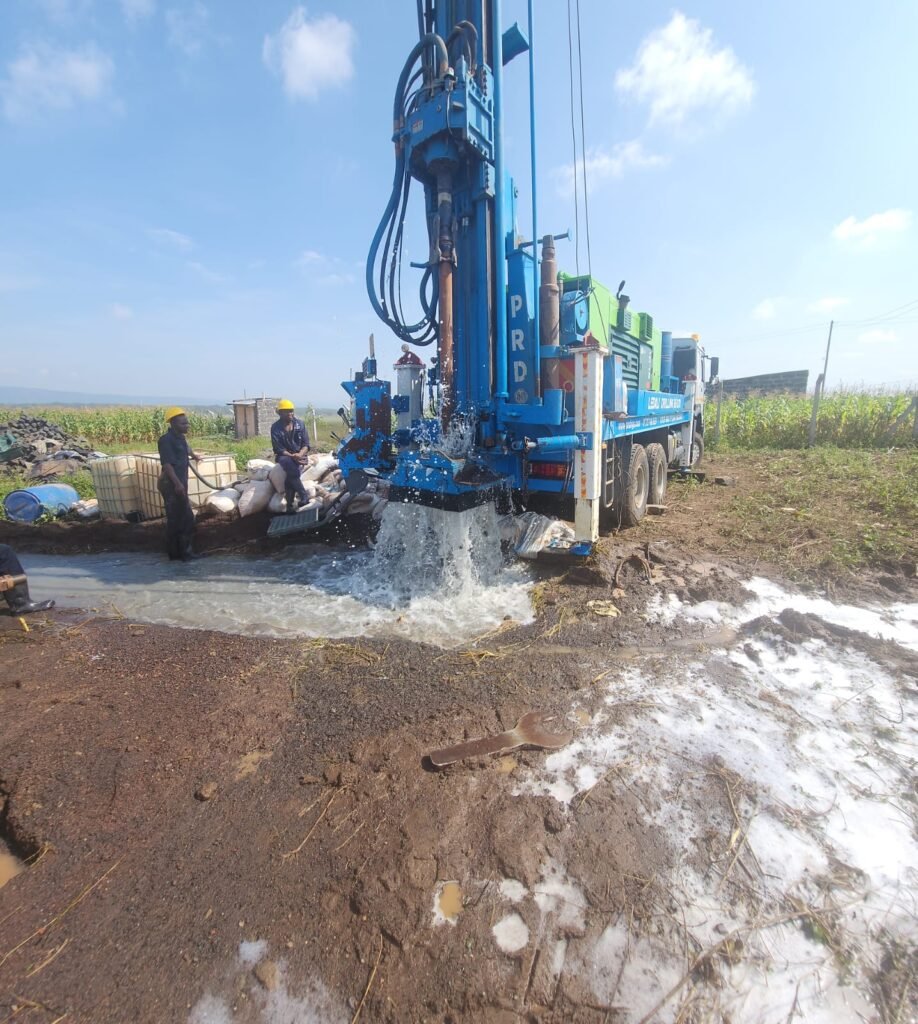
Navigating Kenya’s water and environmental regulations? Let our experienced team handle the compliance requirements while you focus on your business. Start your project consultation today.
Maintenance and Troubleshooting for Maximum Performance
Essential Maintenance Schedules
Daily Monitoring involves checking water production levels and system performance indicators. Modern controllers often provide this information via mobile phone apps.
Weekly Cleaning keeps solar panels operating at peak efficiency. In dusty conditions, performance can drop 20-30% without regular cleaning.
Monthly Inspections include checking electrical connections, examining cables for damage, and verifying pump operation. Look for unusual noises, vibrations, or changes in water production.
Annual Professional Servicing ensures long-term reliability. Qualified technicians can identify potential problems before they cause system failures.
Common Issues and Solutions
Reduced Water Flow often indicates pump wear, blockages, or dropping water levels. Regular monitoring helps identify these issues early.
Power Output Drops usually result from dirty panels, loose connections, or shading issues. Systematic troubleshooting helps identify the root cause.
System Shutdowns may indicate protection systems working correctly. Check for low water levels, electrical faults, or overheating before resetting systems.
Peter Kariuki, a maintenance technician from Nyeri, advises: “Most problems we see could have been prevented with proper maintenance. Spending an hour monthly on inspection saves weeks of downtime later.”
Economic Benefits and Return on Investment
Long-term Cost Savings

Solar borehole pumps typically pay for themselves within 3-5 years compared to diesel alternatives. The payback period depends on current fuel costs, water requirements, and system utilization.
Operating Cost Comparison shows dramatic differences:
- Diesel pumps: KES 15-25 per hour of operation
- Grid electricity: KES 8-15 per hour (where available)
- Solar pumps: KES 0 per hour after installation
Maintenance Costs are significantly lower for solar systems. Diesel engines require regular oil changes, filter replacements, and major overhauls every 1,000-2,000 hours of operation.
Agricultural Productivity Benefits
Reliable water access transforms agricultural productivity. Farmers with solar pump irrigation report:
- 200-400% increases in crop yields
- Extended growing seasons
- Ability to grow high-value horticultural crops
- Reduced crop losses during dry spells

Mary Njeri, who grows French beans near Mount Kenya, explains the impact: “Before our solar pump, we could only farm during the rainy seasons. Now we have three harvests per year, and our income has increased five-fold.”
Property Value Enhancement
Properties with reliable water sources command premium prices in Kenya’s real estate market. Solar-powered water systems add significant value to:
- Agricultural land
- Rural residential properties
- Commercial and industrial sites
- Tourism and hospitality facilities
Choosing the Right Installation Partner
Essential Qualifications and Experience
Look for installers with specific experience in Kenyan conditions. Solar installation techniques that work in temperate climates may fail in Kenya’s challenging environment.
Technical Certifications should include solar installation credentials and electrical licensing. The Institute of Engineers of Kenya maintains lists of qualified professionals.
You can also verify electrical contractor licenses through the Electrical Contractors Association of Kenya to ensure your installer meets industry standards.
Local Experience matters significantly. Installers familiar with Kenyan geology, climate, and regulations deliver better results than international contractors without local knowledge.
For insights into why local expertise matters, read our article on regional variations in Kenyan borehole drilling.
Don’t risk your investment with inexperienced installers. Choose proven professionals with decades of Kenyan experience. Get your quote from Bonvic Drilling – Kenya’s trusted water solution experts.
Track Record of successful installations provides confidence in quality and reliability. Ask for references from recent projects similar to yours.
Critical Questions for Potential Installers
- What specific experience do you have with Kenyan soil and water conditions?
- Can you provide references from similar installations in the past two years?
- What warranties do you offer on equipment and installation work?
- How do you handle maintenance and emergency repairs?
- Are you licensed and insured for electrical and water system work?
After-Sales Support distinguishes professional installers from fly-by-night operators. Quality installers provide:
- Comprehensive system training for operators
- Detailed maintenance schedules and procedures
- 24/7 emergency contact information
- Regular performance monitoring and optimization
- Spare parts availability and technical support
Kenya’s Solar Water Future: Your Next Steps
Solar borehole pump installation represents more than just a water solution – it’s an investment in Kenya’s sustainable future.

As solar technology costs continue declining and efficiency improves, these systems become increasingly attractive for all water applications.
The technology that once seemed expensive and complex is now accessible to smallholder farmers, residential properties, and commercial facilities across Kenya.
From the shores of Lake Victoria to the arid plains of northern Kenya, solar pumps are providing reliable, affordable water access.
Your journey to water independence begins with proper planning. Start by having your borehole professionally assessed and your water needs calculated. Research qualified installers in your area and request detailed proposals that include system sizing, component specifications, and long-term support plans.
Professional installation makes the difference between a system that operates reliably for 20+ years and one that fails within months. Invest in quality components and experienced installers who understand Kenyan conditions.
At Bonvic Drilling, we combine decades of borehole drilling experience with cutting-edge solar pumping technology. Our team understands the unique challenges of Kenya’s geology and climate, ensuring your solar pump installation delivers reliable water for years to come.
Ready to explore solar pumping for your property? Contact our experienced team for a comprehensive site assessment and customized solution proposal. Together, we can design a water system that meets your needs while contributing to Kenya’s renewable energy future.
Take the next step towards water independence. Call us today at +254 722 167 999 or visit our website to schedule your free consultation. Don’t let another dry season catch you unprepared.
The sun rises every day in Kenya – isn’t it time your water system took advantage of this endless resource?
Frequently Asked Questions About Solar Borehole Pump Installation in Kenya
How long does a solar borehole pump installation take?
Typical installations take 2-5 days depending on system complexity and site conditions. Simple residential systems may be completed in 2 days, while commercial installations with large pump arrays can take up to a week. Weather conditions and site accessibility can affect timelines.
Will my solar pump work during cloudy days?
Yes, though at reduced capacity. Modern solar pumps can operate on as little as 20% of peak sunlight. Most systems include battery storage or large water tanks to provide water during low-sunlight periods. Kenya’s consistent sunshine means extended cloudy periods are rare in most regions.
How deep can solar pumps lift water in Kenya?
Solar pumps can effectively lift water from depths exceeding 200 meters, though power requirements increase significantly with depth. Most Kenyan applications involve depths of 40-120 meters, which are ideal for solar pumping technology.
What maintenance do solar borehole pumps require?
Maintenance is minimal compared to diesel alternatives. Monthly tasks include cleaning solar panels, checking electrical connections, and monitoring water production. Annual professional servicing ensures optimal performance. No fuel, oil changes, or engine maintenance required.
Can I expand my solar pump system later?
Yes, solar systems are highly scalable. You can add more solar panels to increase pumping capacity or extend operating hours. Additional water storage or distribution components can also be integrated. Design your initial system with future expansion in mind.
What happens if my solar pump equipment is stolen?
Quality installers provide comprehensive insurance options and security recommendations. Many modern systems include tamper alerts and remote monitoring that notify owners immediately of any interference. Community-based security approaches are often most effective in rural areas.
Do I need permits for solar borehole pump installation in Kenya?
Commercial installations above certain thresholds require EPRA permits, while smaller residential systems typically need only compliance certificates. Water abstraction may require WRA permits. Professional installers handle permit applications and ensure regulatory compliance.
How do solar pumps perform compared to diesel pumps?
Solar pumps offer lower operating costs, reduced maintenance, and environmental benefits. While initial costs may be higher, payback periods of 3-5 years make them economically superior. Reliability is often better since there’s no mechanical engine to fail or fuel supply to worry about.
Can solar pumps handle varying water demands throughout the day?
Yes, through various control strategies. Variable frequency drives adjust pump speed based on demand. Large storage tanks can buffer water during peak production for use during high-demand periods. Smart controllers optimize system operation automatically.
What warranty coverage should I expect?
Reputable suppliers offer 20-25 year warranties on solar panels, 5-10 years on pumps and electrical components, and 2-5 years on installation workmanship. Choose installers who stand behind their work with comprehensive warranty coverage and local service support.
Are solar pumps suitable for irrigation scheduling?
Absolutely. Modern solar pump controllers can integrate with irrigation timers and sensors. You can program specific irrigation schedules, and the system will operate automatically when solar power is available. Smart systems can even adjust for weather conditions and soil moisture levels.
What size solar system do I need for my application?
System sizing depends on daily water requirements, borehole depth, and desired pumping hours. A typical domestic system (500-1000L daily) from 60m depth needs 2-3kW of solar panels. Agricultural applications vary widely based on crop type and acreage. Professional assessment is essential for proper sizing.
Ready to join thousands of Kenyans who’ve already made the switch to reliable solar water pumping? Stop struggling with expensive, unreliable alternatives. Contact Bonvic Drilling today for your personalized solar pump solution. Call +254 722 167 999 or request your free consultation online. Your future self will thank you for making this smart investment in sustainable water security.
For more information about sustainable water solutions, visit our comprehensive borehole services or learn about why borehole drilling costs vary across different regions of Kenya. Don’t miss our latest insights on water storage solutions for Kenyan properties and maintenance tips for long-lasting water systems.


